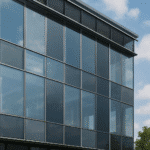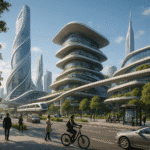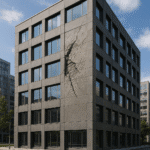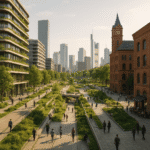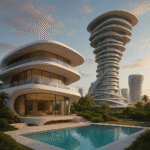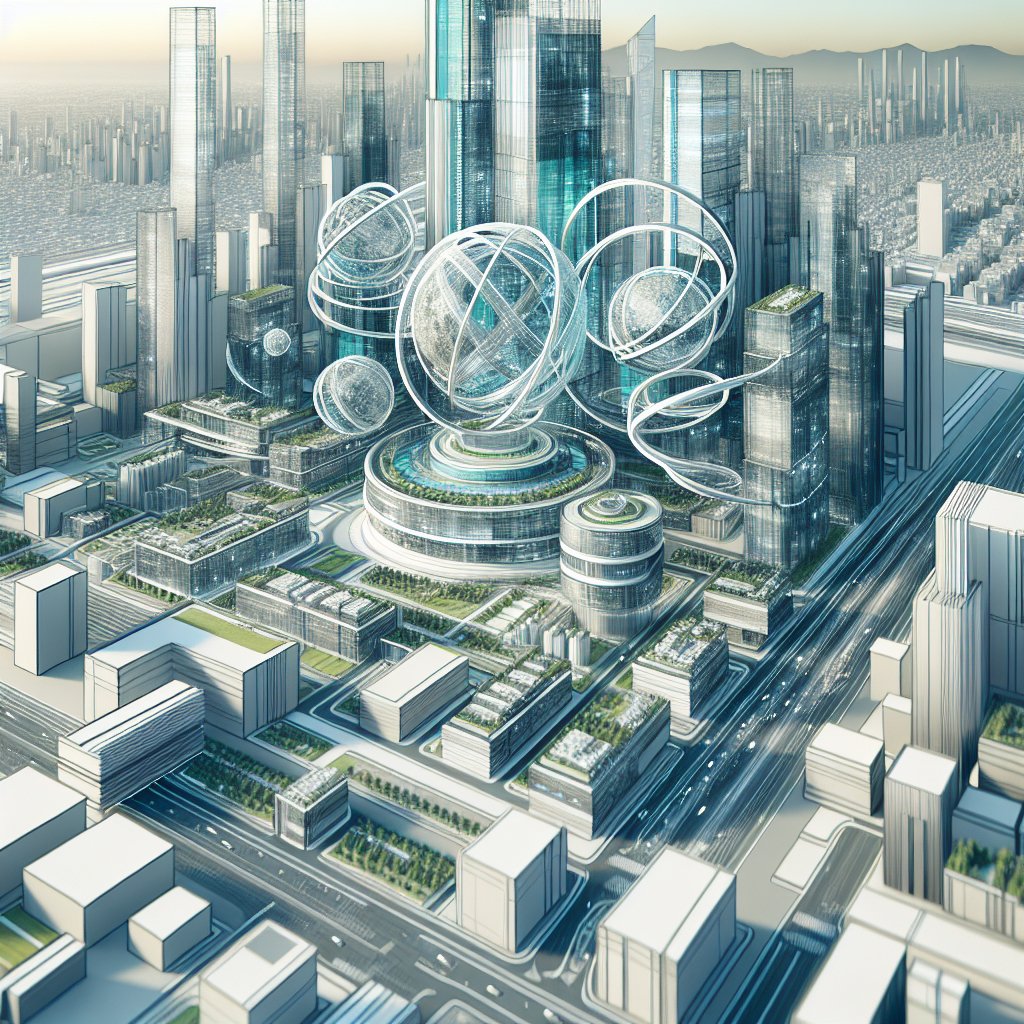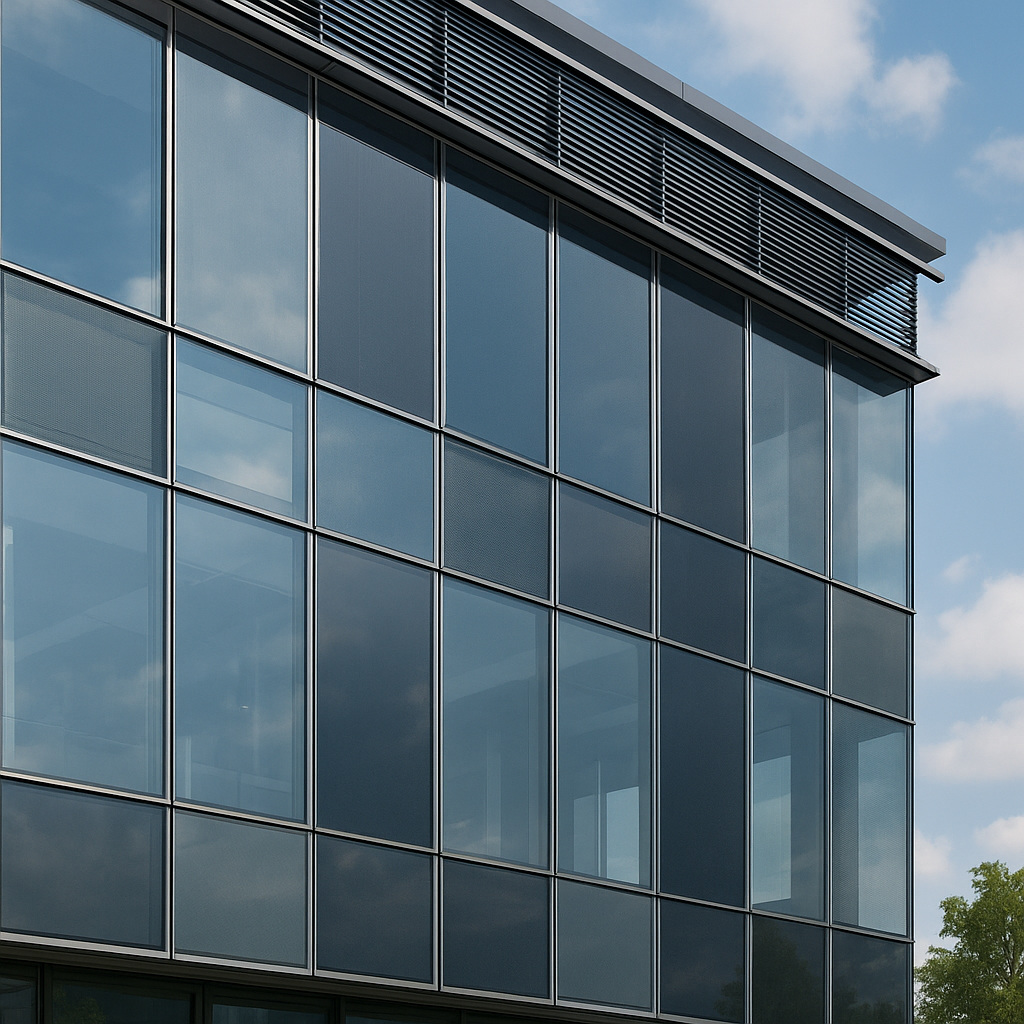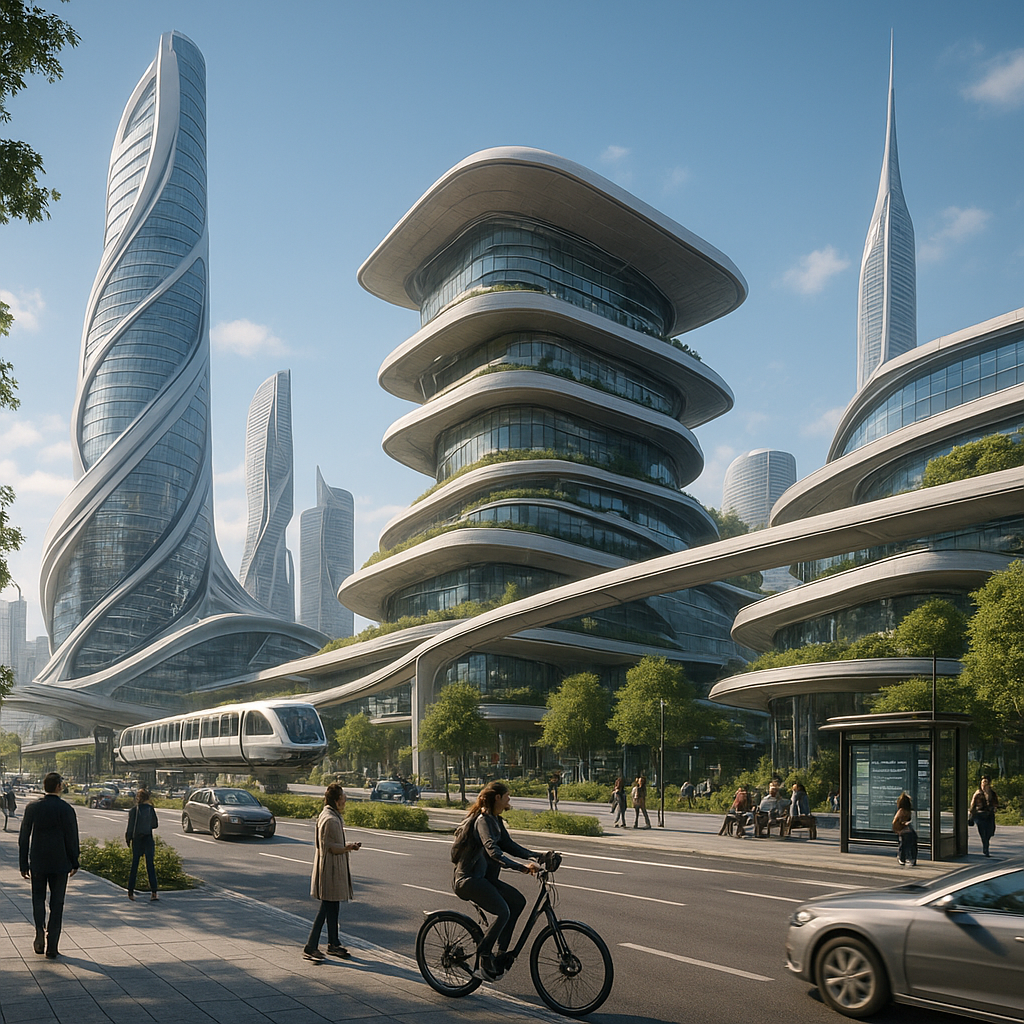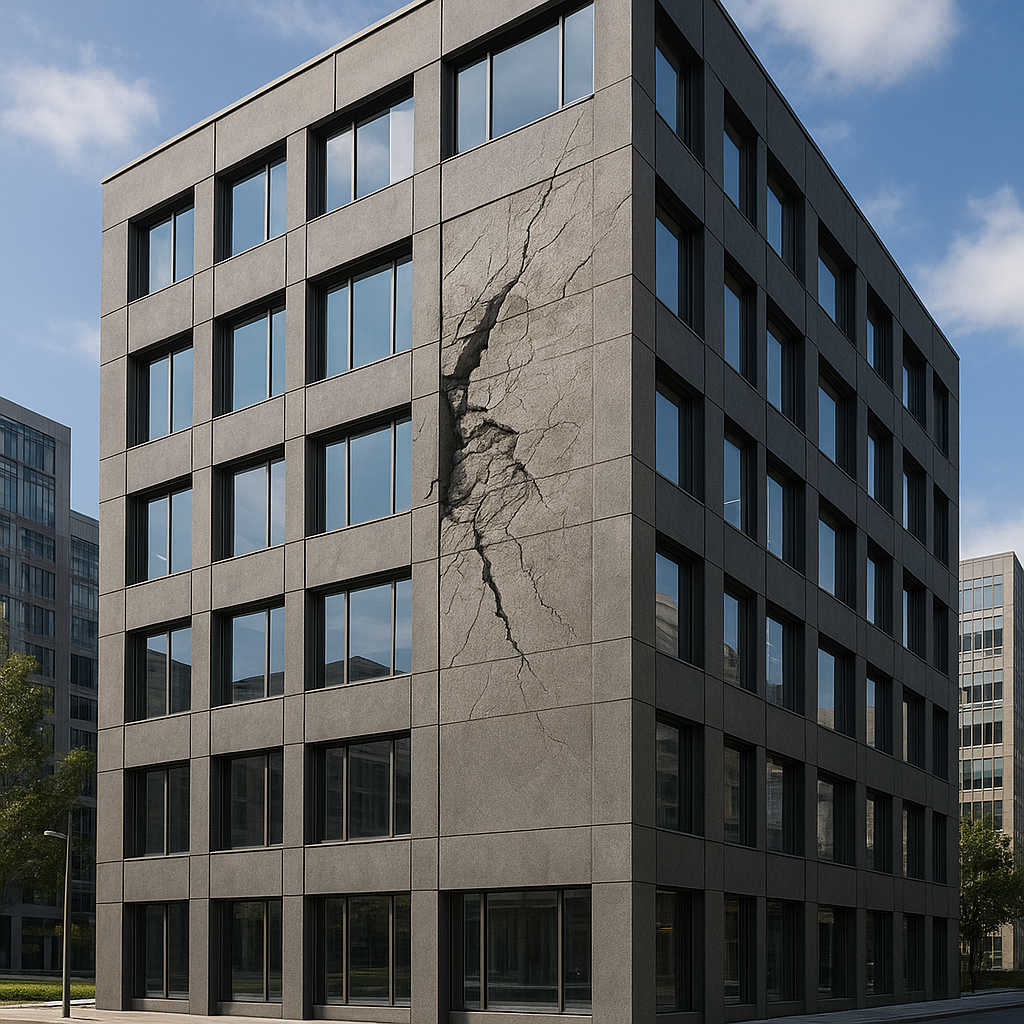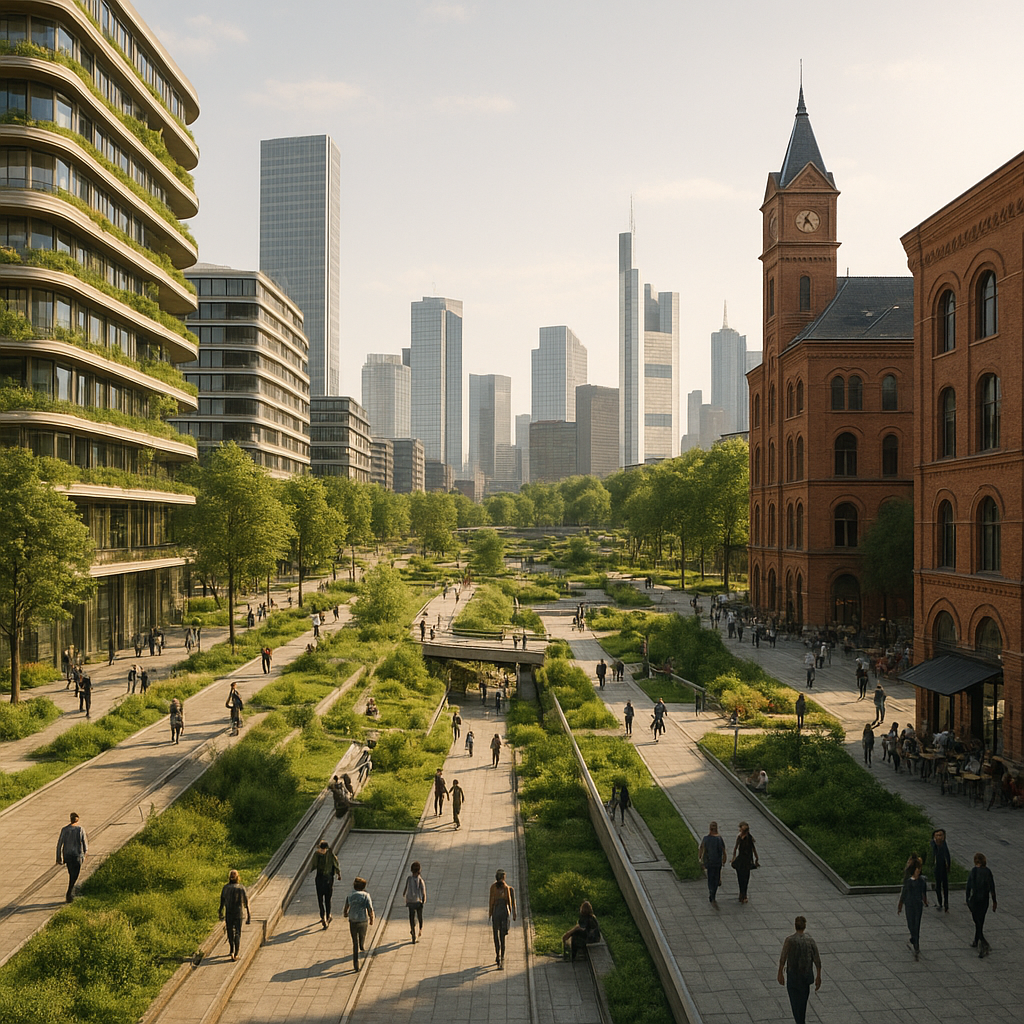Green architecture, a pivotal component of futuristic design, is reshaping the way we envision urban landscapes. As the world grapples with the challenges of climate change and resource depletion, architects and urban planners are increasingly turning to sustainable practices to create cities that are not only environmentally friendly but also resilient and livable. This article delves into the emerging trends in green architecture, exploring how innovative designs and technologies are paving the way for a sustainable future.
The Rise of Biophilic Design
Biophilic design is a revolutionary approach that integrates natural elements into the built environment, fostering a connection between humans and nature. This trend is gaining momentum as architects recognize the psychological and physiological benefits of incorporating nature into urban settings. By using natural materials, maximizing natural light, and creating green spaces, biophilic design aims to enhance the well-being of city dwellers.
One of the key aspects of biophilic design is the use of vertical gardens and green roofs. These features not only improve air quality and reduce urban heat but also provide habitats for urban wildlife. Cities like Singapore and Milan have embraced this trend, with iconic buildings such as the Bosco Verticale and the Oasia Hotel Downtown showcasing the potential of vertical greenery.
Moreover, biophilic design extends beyond aesthetics. It involves creating spaces that mimic natural ecosystems, promoting biodiversity and sustainability. For instance, the integration of water features, such as ponds and fountains, can help regulate temperature and humidity, creating a more comfortable environment for inhabitants.
Smart Cities and Sustainable Technologies
The concept of smart cities is intrinsically linked to green architecture, as it leverages technology to enhance urban sustainability. Smart cities utilize data and digital infrastructure to optimize resource use, reduce waste, and improve the quality of life for residents. This section explores how cutting-edge technologies are transforming urban landscapes into efficient, eco-friendly environments.
One of the most significant advancements in smart city technology is the development of energy-efficient buildings. These structures are equipped with smart systems that monitor and manage energy consumption, reducing the carbon footprint of urban areas. For example, smart thermostats and lighting systems can adjust settings based on occupancy and natural light levels, minimizing energy waste.
Additionally, the integration of renewable energy sources, such as solar panels and wind turbines, is becoming increasingly common in urban design. These technologies not only provide clean energy but also contribute to the decentralization of power grids, enhancing energy security and resilience.
Transportation is another critical aspect of smart cities. The rise of electric vehicles and the development of efficient public transit systems are reducing reliance on fossil fuels and decreasing urban pollution. Furthermore, the implementation of smart traffic management systems helps alleviate congestion, improving air quality and reducing travel times.
Adaptive Reuse and Circular Economy
Adaptive reuse is a sustainable architectural practice that involves repurposing existing structures for new uses, reducing the need for new construction and minimizing waste. This approach aligns with the principles of the circular economy, which emphasizes resource efficiency and waste reduction. By transforming old buildings into functional spaces, architects can preserve cultural heritage while contributing to environmental sustainability.
One notable example of adaptive reuse is the conversion of industrial warehouses into residential lofts or creative workspaces. This not only revitalizes urban areas but also reduces the environmental impact associated with demolition and new construction. Additionally, adaptive reuse projects often incorporate sustainable materials and energy-efficient systems, further enhancing their green credentials.
The circular economy also influences material selection in green architecture. Architects are increasingly opting for recycled and locally sourced materials, reducing the carbon footprint of construction projects. Innovative materials, such as cross-laminated timber and recycled steel, are gaining popularity for their sustainability and performance.
Community Engagement and Social Sustainability
Green architecture is not solely about environmental sustainability; it also encompasses social and economic dimensions. Community engagement is a crucial aspect of designing sustainable cities, as it ensures that urban developments meet the needs and aspirations of local residents. By involving communities in the planning process, architects can create spaces that foster social interaction, inclusivity, and resilience.
Participatory design workshops and public consultations are common methods for engaging communities in the design process. These initiatives allow residents to voice their opinions and contribute to the development of their neighborhoods. As a result, urban spaces become more responsive to the needs of their inhabitants, promoting a sense of ownership and belonging.
Furthermore, green architecture can contribute to social sustainability by providing affordable housing and access to essential services. Mixed-use developments, which combine residential, commercial, and recreational spaces, create vibrant communities that support diverse lifestyles and economic activities. By prioritizing social equity, architects can design cities that are not only sustainable but also just and inclusive.
The Future of Green Architecture
As the world continues to urbanize, the importance of green architecture will only grow. The trends discussed in this article represent a shift towards more sustainable, resilient, and livable cities. By embracing biophilic design, smart technologies, adaptive reuse, and community engagement, architects and urban planners can create urban environments that harmonize with nature and enhance the quality of life for all residents.
Looking ahead, the future of green architecture will likely be shaped by advancements in technology and a deeper understanding of ecological systems. Innovations such as 3D printing, modular construction, and bio-based materials hold the potential to revolutionize the way we build and inhabit cities. As these technologies evolve, they will enable architects to push the boundaries of sustainable design, creating cities that are not only green but also regenerative.
In conclusion, green architecture is a dynamic and evolving field that offers promising solutions to the challenges of urbanization and climate change. By prioritizing sustainability, resilience, and social equity, architects can design cities that are not only beautiful and functional but also capable of supporting a sustainable future for generations to come.
